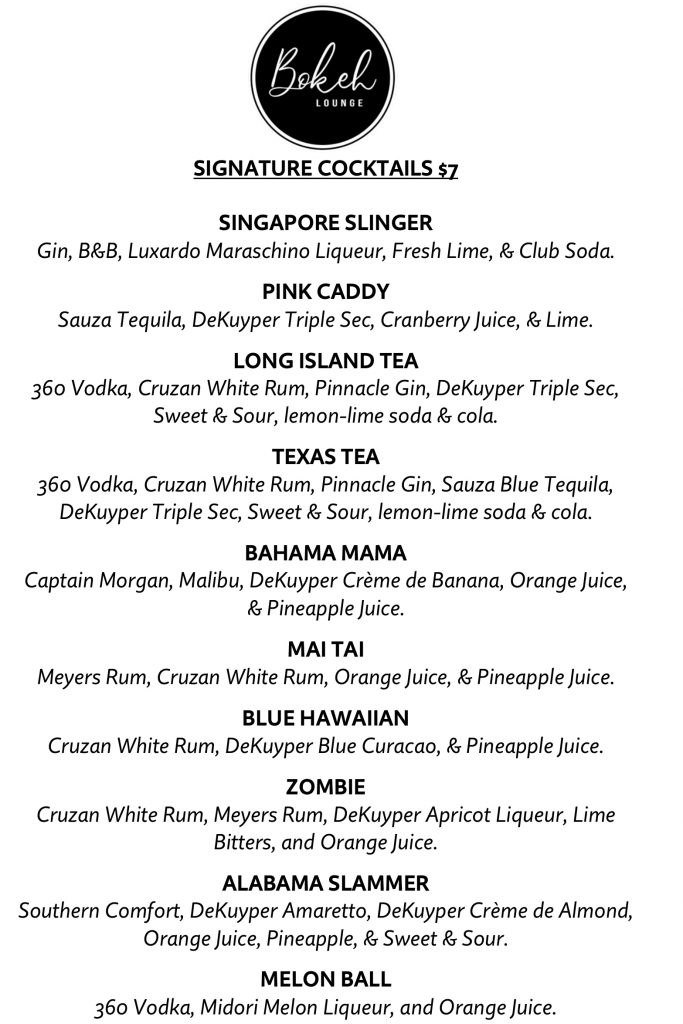
“DS” stands for Defocus Smoothing, a technology that creates truly buttery smooth bokeh, even capable of smoothing out “bokeh balls” in spectral highlights. Or, if you’re intrigued by the SA control optics, here’s some good news! Canon has an even more well-suited lens, the Canon RF 85mm f/1.2 DS. If you’re making money capturing portraits of any kind, then you ought to check out Canon’s RF L-series 85mm f/1.2. Having said that, I have to give the nod to Canon’s even better portrait lenses, of course. It can also take great portraits, as any 100mm f/2.8 lens ought to, and the SA control feature can offer even more creamy bokeh in your background. Portrait & Wedding PhotographyĪ lot of times, a portrait and/or wedding photographer will consider a macro lens as a dual-purpose lens. Simply put, if you’re going to use this lens for high-magnification macro, around 1x or above, and you’re going to hand-hold some photos and/or use autofocus, then you’ll want to get this lens.

This is where the impressive hybrid stabilization of Canon’s higher-end RF camera bodies comes in, offering significant help. If you’re photographing exciting subjects such as crawling or even flying insects, or anything else that is active, then you know just how impossible it can be to nail focus and sharpness. Or, you can do even better in terms of magnification with an alternative like the Venus Optics Laowa 90mm and 100mm. If so, then you might not need to invest a whopping $1,200 in a lens like this you can do just fine with an older lens.
#BOKEH LOUNGE MANUAL#
Having said that, it’s this next category which will really tempt photographers! That’s because, for static subjects such as product, food, and various type of fine art, you are often using a tripod and manual focus. If you’ve always wanted more magnification, without forfeiting any of the modern luxuries of the latest lens technology, then this lens is for you. With that in mind, we’ll describe the types of photography you might consider using this lens for: Nature, Product, Food, Etc Macro Photographyįirst and foremost, if you’re really into macro photography, then you’ll undoubtedly have noticed how the Canon RF 100mm f/2.8 L Macro IS offers something a little bit more exciting than most: Its magnification/reproduction reaches 1.4x, as opposed to the standard 1x!įor this reason alone, I think it’s an exciting new generation for Canon’s full-frame mirrorless system. Plus, there can be different techniques involved, from still-life imagery captured using a tripod and manual focus, to more active conditions where hand-holding and using autofocus might be necessary. It’s a little more complicated than that, however, because macro may only be one of the subjects you photograph. With a price that is well above $1,000, buying this lens should be based on how interested you are in macro photography.
#BOKEH LOUNGE FULL#

#BOKEH LOUNGE PLUS#
APERTURE & RANGE: f/2.8-32, 9-blade rounded aperture, plus SA spherical aberration control” aperture ring.LENS MOUNT(S): Canon RF (full-frame mirrorless).FOCAL LENGHT & ANGLE OF VIEW: 100mm, 24°.So, let’s dive in! Canon RF 100mm f/2.8 L Macro IS Specifications It offers the absolute latest technology in those regards, and that’s going to be the main focus of this review. That is where the Canon RF 100mm f/2.8 Macro L IS USM comes in.

However, if you’re looking for a modern option, you’re probably concerned with things like autofocus performance, optical stabilization effectiveness, etc. So, if all you’re looking for is a decently sharp macro lens that offers true macro capabilities, you can buy an old autofocus DSLR lens, or even an “ancient” manual focus lens, and be very happy. Here’s the thing about macro lenses, though: they seem to be quite easy to make! Almost every dedicated macro lens that I have reviewed in the last 15+ years has been incredibly sharp.


 0 kommentar(er)
0 kommentar(er)
